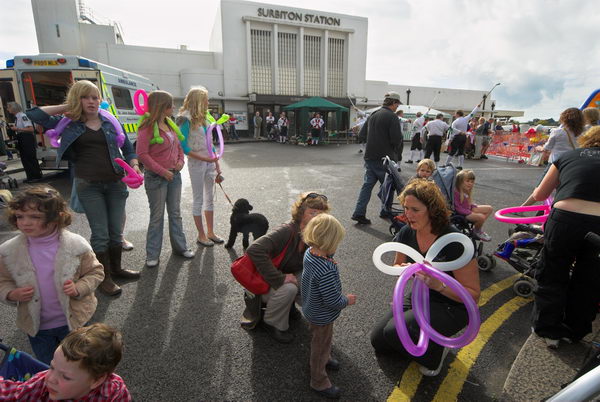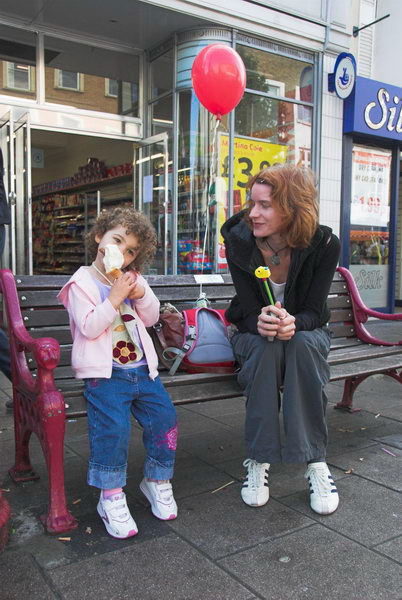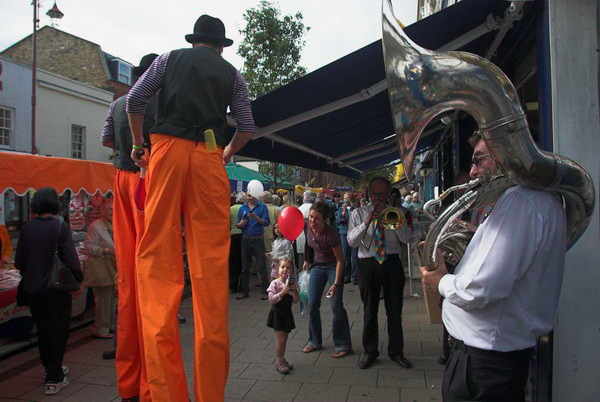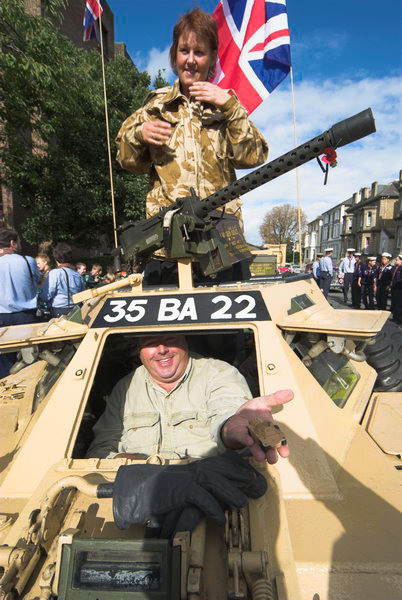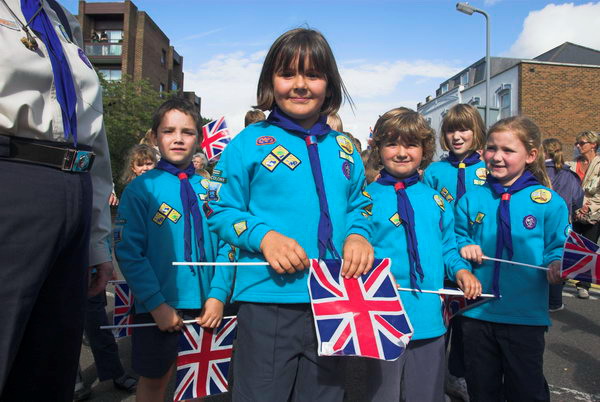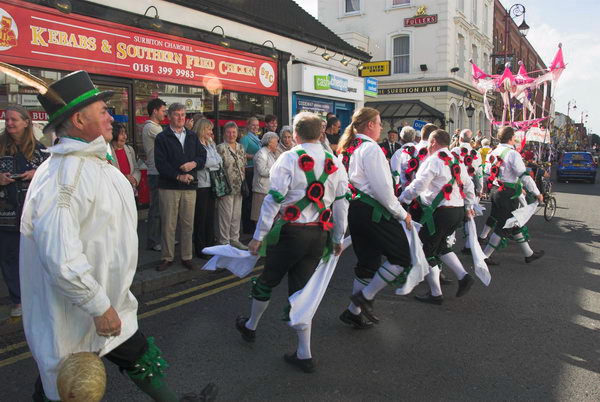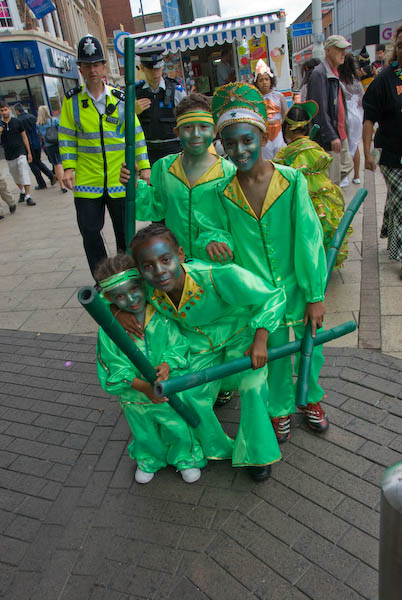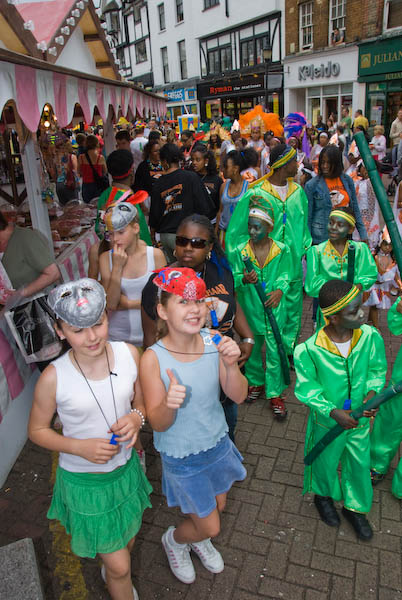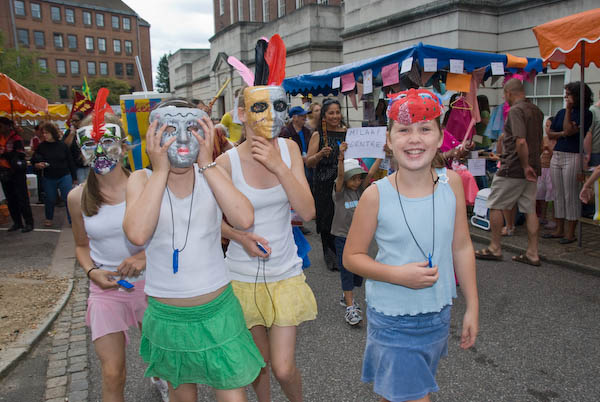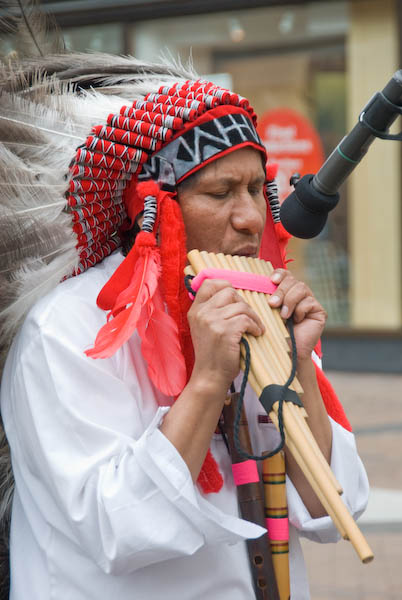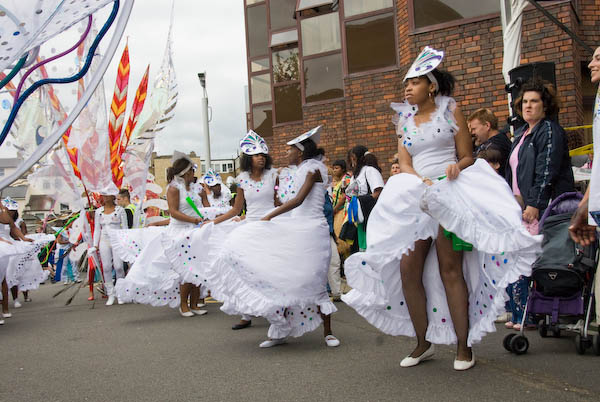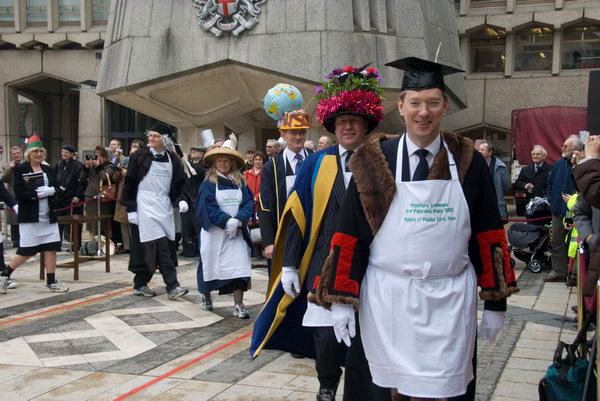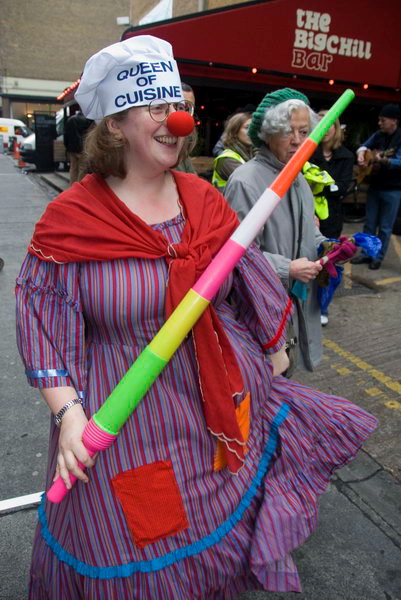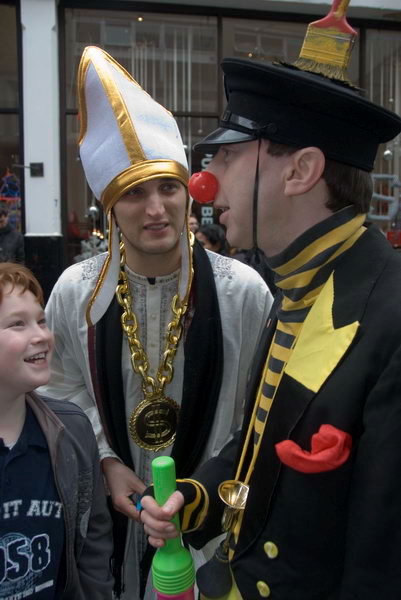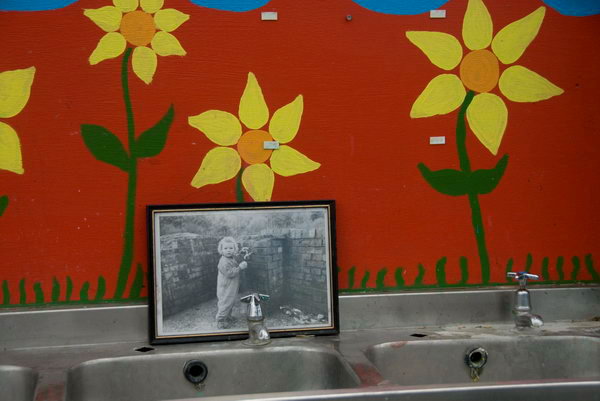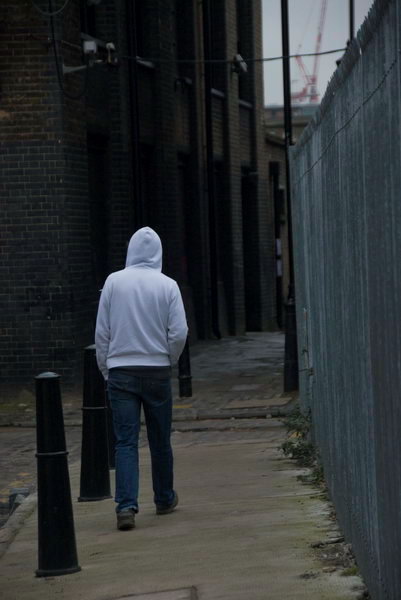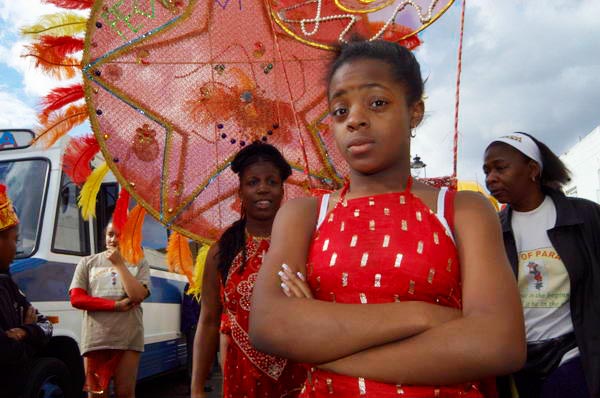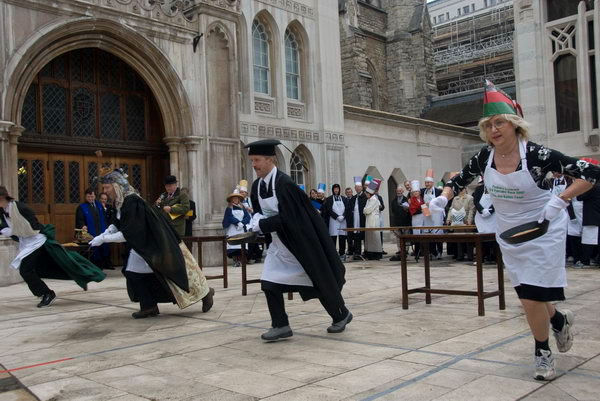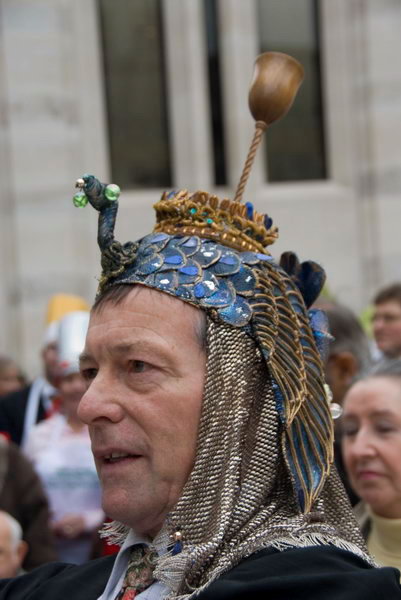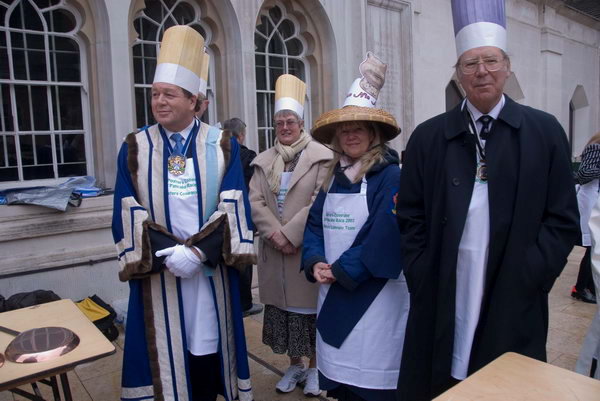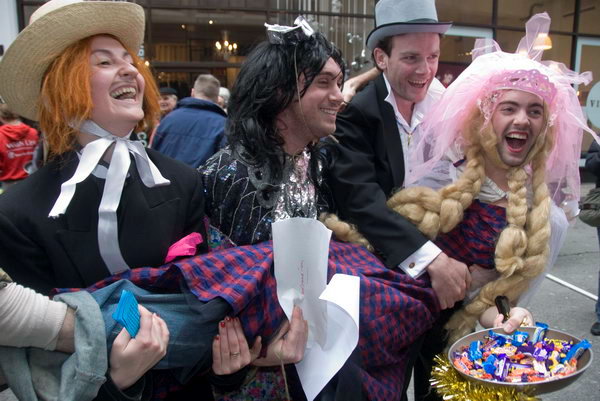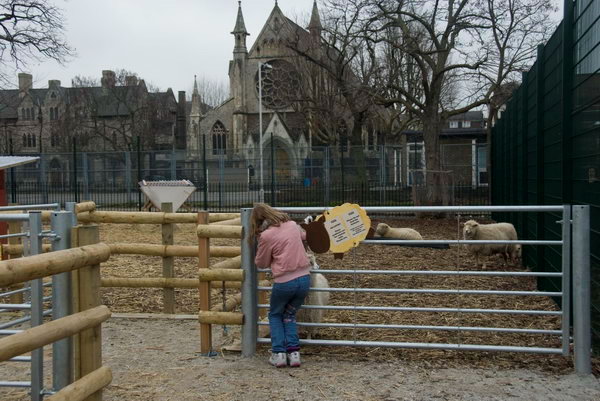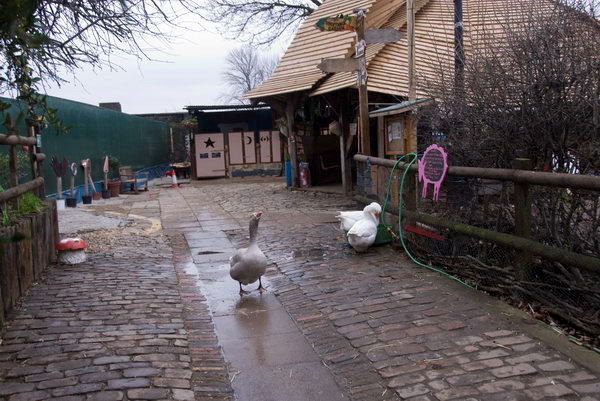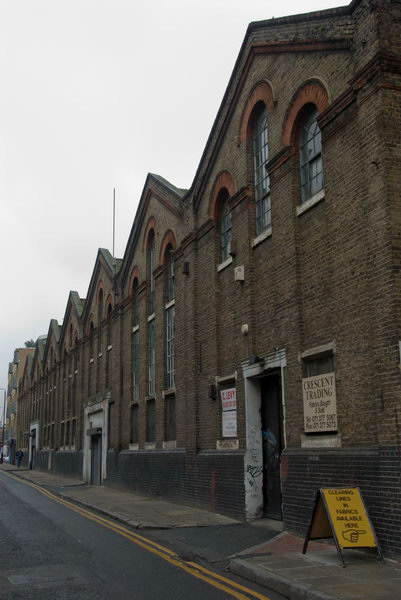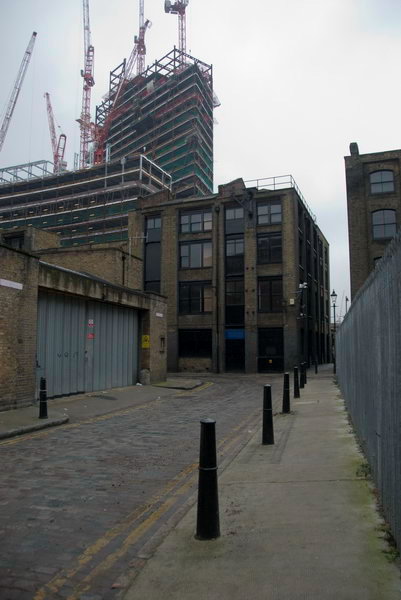Paris in November: My trip to Paris in November 2007 was the only time I had stayed there on my own – and it made my visit rather different. Every other time I’ve been with my wife who speaks French more or less like a native – her accent impeccable, her grammar better than most who live there but her vocabulary now rather out of date, and had relied on her and spent much of my time there in her company. My own ‘O level’ 45 years earlier was extremely rusty and never really taught me to speak the language though I can still read a little and understand some if people speak slowly and clearly – as few in Paris do.

I’d come to Paris by Eurostar on the final day that their trains ran out of Waterloo. The following day, Tuesday 14th November 2007, was the first full day of my visit and also the day on which Paris Photo 2007 opened.
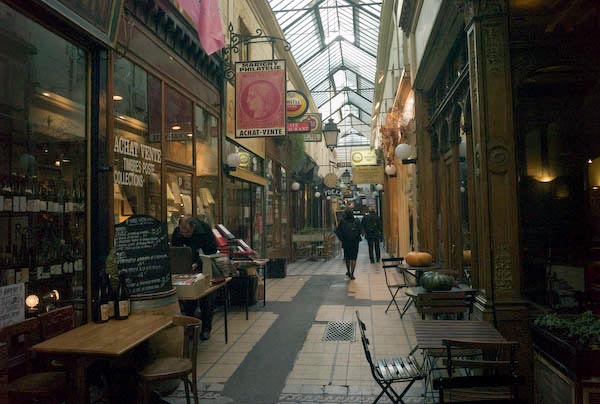
Here I’ll post what I wrote about that day back in 2007 with a few of my pictures from the day and links to many more on My London Diary.
Paris 2e, 9e and 6e
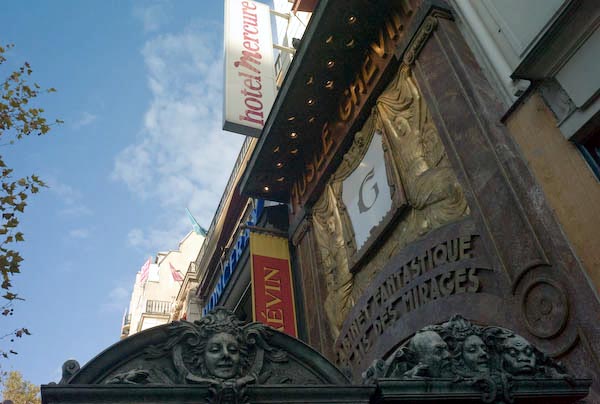
Next morning I had nothing special to do. Although I was in Paris to see photographs, none of the shows I wanted to view opened until 1pm. Eating a leisurely breakfast at the bar of a café close to my hotel I picked up a French newspaper and found their was a ‘manif‘ with the strikers meeting at Montparnasse at 2.30pm, and decided I’d take my Leica M8 along for some pictures.
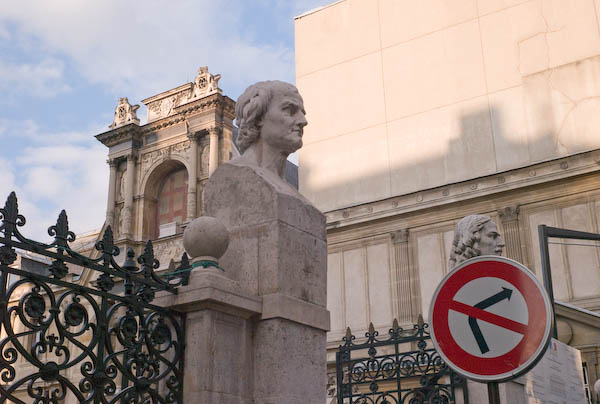
Before then I had a walk around the 9th arrondissement before returning to a salad bar near my hotel for a very tasty ‘formule‘ with salmon salad, yogurt with a sweet chestnut paste and orange juice, and making my way across the Pont du Carroussel and down through the 6th to Montparnasse.
More pictures from my walk on My London Diary
Paris Manif – Transport Workers on Strike
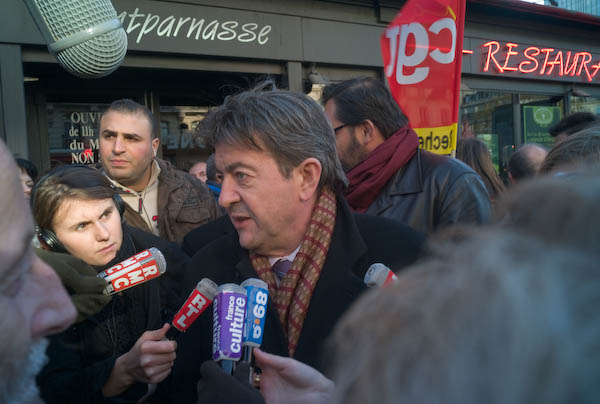
Perhaps everything seemed a little less organised than London demonstrations, and a big difference was the number of vehicles that appeared to be a part of it – in England such demonstrations are simply marches. The police tactics also seemed to be different, as there were none at all around where the march was massing, although there were plenty of them waiting around vans a few hundred metres along the road. And a number of those taking part in the ‘manif’ were wearing helmets and body padding in case of police attacks.
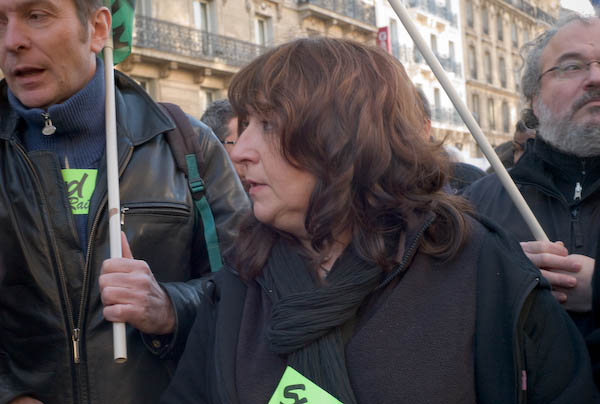
One difficulty was not being able to recognise the various union leaders. Rather than simply photographing them as usual I had to look for media scrums to identify who they were – and then get stuck in. At home I’m more often the guy who gets there first. But somehow it seemed easier to do here, perhaps because I was working with a smaller bag and the Leica. [I think all these pictures were with the Summilux 35mm f1.4, a ‘standard’ focal length on the M8.]
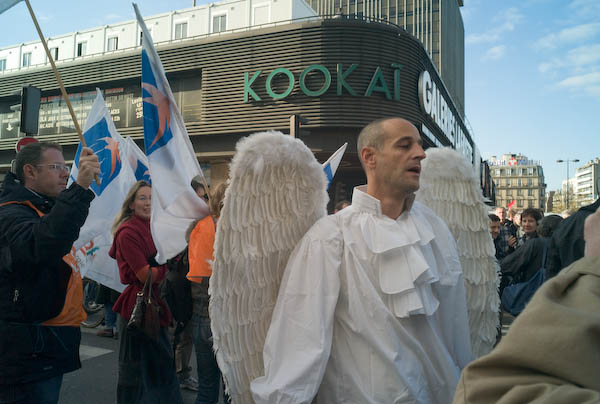
And then I saw an angel. Really. All in white, big wings, and walking through the crowd of demonstrators, and quickly took a couple of pictures. Later I photographed him again and gave him my card. It turns out he was © L’Ange Blanc, [also the name of one of France’s most famous wrestlers who died in 2006. The blog with more information about ‘Angel White’ and his “human action, highly social and spiritual to convey a message of universal love” that I linked to in 2007 no longer exists.]

The demonstration looked as if it was just starting to move around 4pm when I had to head off towards the Carrousel du Louvre and Paris Photo.

More pictures from the protest on My London Diary
Photographers in Paris for Paris Photo
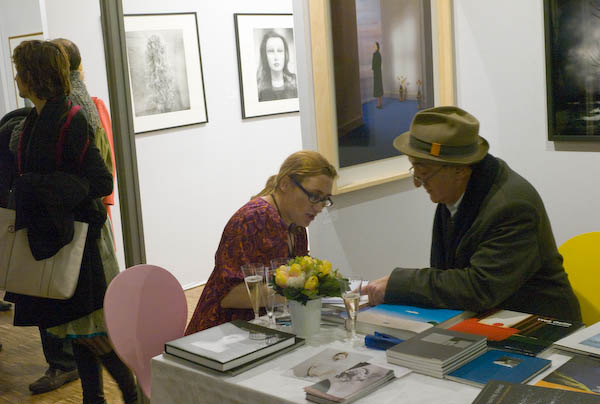
Then it was on to Paris Photo, held in the bowels of the earth under the Louvre. It’s hard to contemplate a more depressing location, although relatively spacious outside the show. It would make a good location for some nasty shoot-em-up video game, sort of half-way between underground car park and shopping mall, a slightly cooler version of hell.

Friends in a bar near Chatelet – Conrad Hafenrichter and Mike Seaborne
Inside the show, its far more cramped and claustrophobic, but there really are a lot of photographs on display on the stalls of the 80 or so dealers and 20 publishers, as well as special shows – this year of Italian photography – and the BMW prize.
Frankly both the Italian stuff and the prize were disappointing, and much of the large colour images on many stands were prestigiously expensive head office decor with little interest. But inside the stands the walls were crammed with an incredible variety of photography, including some truly great work amid the dross, including many of the classic images of photography. And on many of the booths you could browse in more depth in boxes of images.

John Benton-Harris (1939-2023)
Its a great opportunity to see almost the whole history of photography in a few days, a collection with much more depth than even the richest of museums – although with some great gaps, as many photographers produced very few prints and their work seldom comes up for sale.

Several friends of mine had work on various stands, and they and many others were over there to see the show, meet people, go to the other exhibitions on in Paris, perhaps take some pictures and have a good time. I won’t bore you with a list of those I met, but it would be a good list of the best in British photography as well as a number of those I know from other countries. There were also quite a few others who I know were there that I didn’t manage to meet up with.
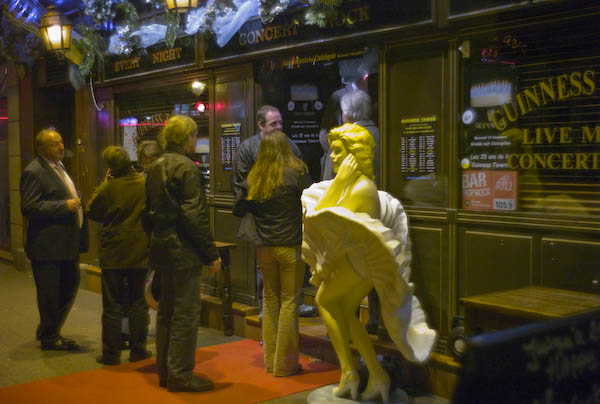
By around 6.30, the place was beginning to fill up with people coming for the opening at 7pm. Another of the problems of Paris Photo is that there is nowhere there to get anything decent to eat or drink, and half a dozen of us left for a considerably cheaper bar near the city hall, then on to a meal in a bistro, and finally to another bar, Stolly’s in the Marais.
It had been a long and interesting day – and rather different to those when I came together with Linda, and my the time I was walking back home from that last bar either my Leica was getting tired or its operator was pleasantly a little inebriated.
More pictures on My London Diary
I slept well and was up early the next morning to go out for breakfast and then explore more of Paris. You can read more about my next three days in the city – with many more pictures some taken by others on my Leica M8 including some rather unusual pictures of me – and my return to a rather disappointing St Pancras on the November 2007 page of My London Diary.
Flickr – Facebook – My London Diary – Hull Photos – Lea Valley – Paris
London’s Industrial Heritage – London Photos
All photographs on this page are copyright © Peter Marshall.
Contact me to buy prints or licence to reproduce.
